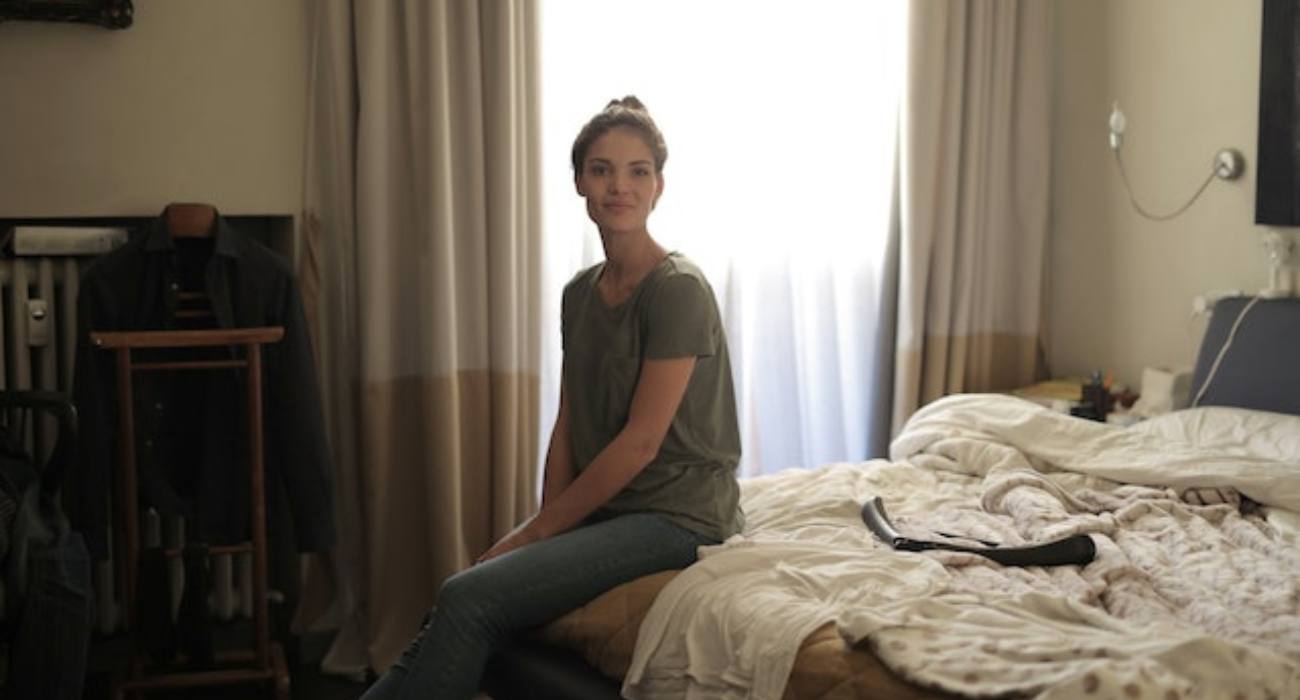In the intricate tapestry of human relationships, attachment styles play a pivotal role in shaping how individuals connect. Disorganized attachment, a unique and complex attachment style, often arises from inconsistent caregiving during childhood. It leaves individuals navigating a maze of conflicting emotions and behaviors in their adult relationships. Understanding the origins, signs, and impact of disorganized attachment is essential for those seeking healthier, more fulfilling connections.
Knowing How Disorganized Attachment Affects Relationships
Disorganized attachment, a cornerstone of Bowlby's attachment theory, has a significant impact on how romantic relationships develop. Individuals struggle with emotional issues as a result of uneven parenting during infancy. They may be afraid of being open to emotional anguish and vulnerability, but they also need emotional intimacy. These competing desires may lead to misunderstandings and interpersonal difficulties. The mental health and contentment of individuals involved may be greatly impacted by disorganized attachment, underscoring the need to understand its causes and symptoms to treat its impacts on adult relationships successfully.
Why Disorganized Attachment Started
Disorganized connection frequently has turbulent childhood memories as its basis. Sexual, emotional, or physical abuse can cause emotional scars that support the emergence of disordered attachment. Similar to this, untreated parental mental health problems foster an atmosphere of emotional instability and unpredictability. Unresolved family trauma or a chaotic environment might cause inconsistent caring, which can confuse the child and reinforce disordered attachment. Children who are made to take care of their parents may also develop disordered attachment as a result of their attempts to find solace and security in their main attachment figures.
Disorganized Attachment Telltale Signs
It is essential to recognize adult dysfunctional attachment by recognizing the emotional and behavioral characteristics that it adopts. People who struggle with disordered attachment frequently struggle with opposing desires: a powerful yearning for emotional connection and an equally powerful desire to disconnect. Due to the worry that emotional support and stability may change, trust difficulties usually arise. Their experiences are characterized by emotional upheaval, which causes them to experience intense highs and lows. It can be difficult for partners to anticipate each other's needs and emotional reactions when communication is uneven.
Romantic Relationship Challenges
Disorganized attachment presents serious difficulties for romantic relationships, requiring substantial efforts from both parties. Disorganized attachment's uneven emotional expression and contradictory desires can cause disagreement, resentment, and feelings of inadequacy within the partnership. A successful relationship's foundational element, trust, frequently ebbs and flows, making it difficult for partners to rely on one another for emotional stability and support.
Relationship instability can be further exacerbated by repeated fights brought on by emotional turmoil. Inconsistent communication methods reflect the complexities of disordered attachment, making it more difficult to control emotions in a relationship dynamic. Additionally, the emotional pressure may hurt both spouses' mental health, leading to increased feelings of melancholy, worry, and emotional discomfort.
The Path to Healing: Getting Past Disorganized Attachment
How to heal disorganized attachment? It takes commitment and self-discovery to travel the transforming road of repairing disordered attachment. It entails deciphering the intricacies of one's attachment styles, comprehending the causes of disordered attachment, and creating techniques for emotional control and better interpersonal interactions. This trip is not taken alone; rather, it is a joint one between the patient and their therapist, who acts as a mentor on the road to recovery. Through counseling, people may address their prior traumas, learn more about their attachment types, and develop a more stable attachment style. People who seek to mend disordered attachment strengthen both their relationship with themselves and their ability to form stronger, more emotionally stable bonds with others.
Conclusion
Disorganized attachment, brought on by uneven caregiving in childhood, has a big impact on how people behave in romantic relationships. The issues it poses may be addressed and overcome by understanding its symptoms and getting assistance. Despite the difficulties of disordered attachment, people and couples may develop healthier, more secure, and rewarding connections with support, knowledge, and a dedication to personal improvement. The human spirit's tenacity is demonstrated by this process of healing and development, which holds up the prospect of closer, emotionally stable relationships in the future.
